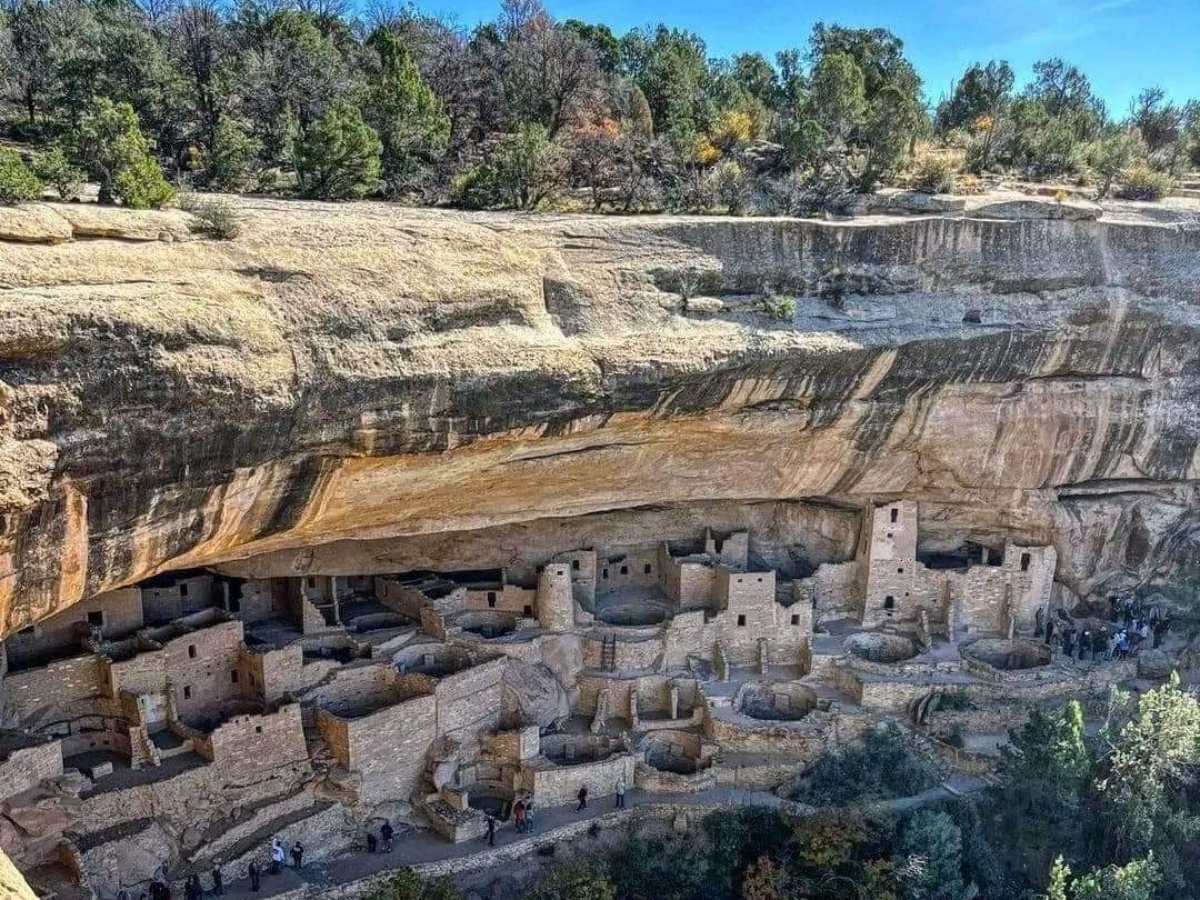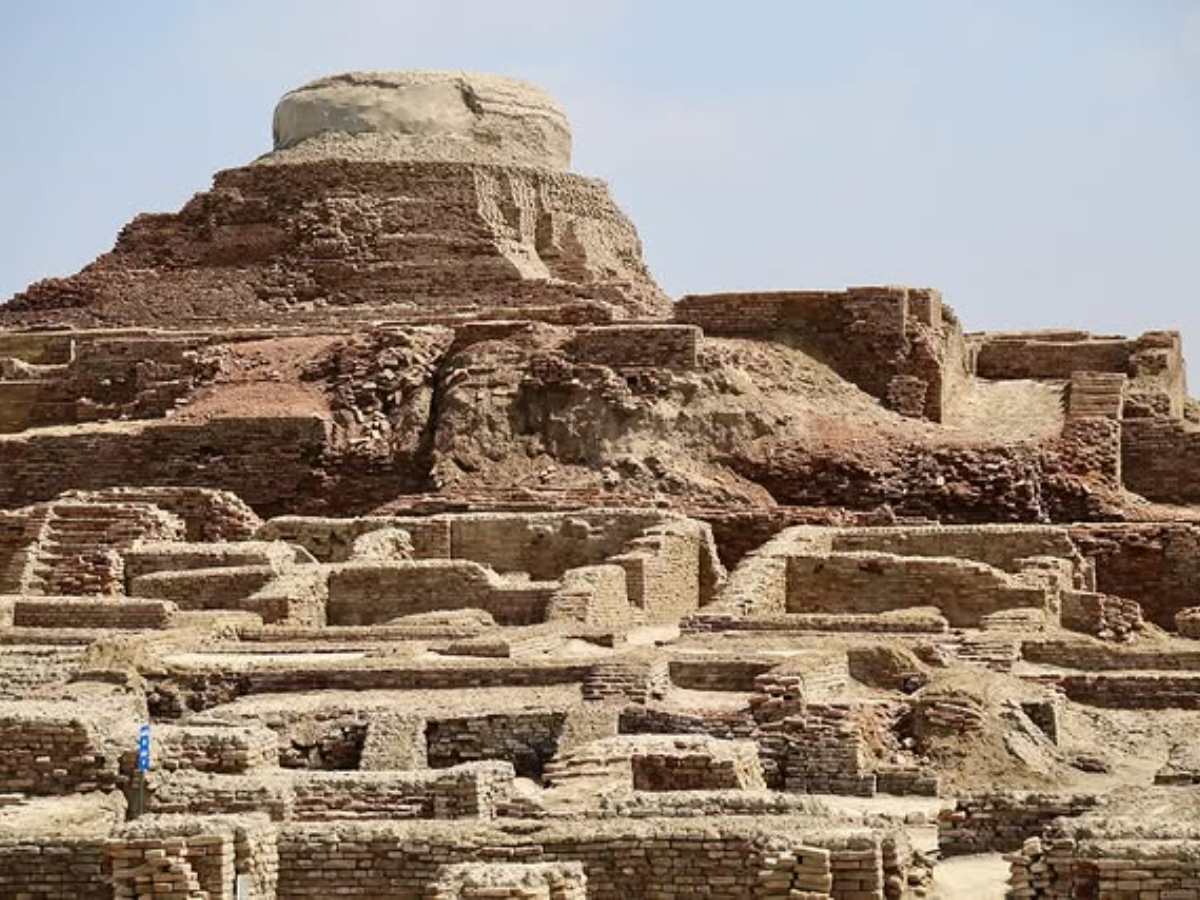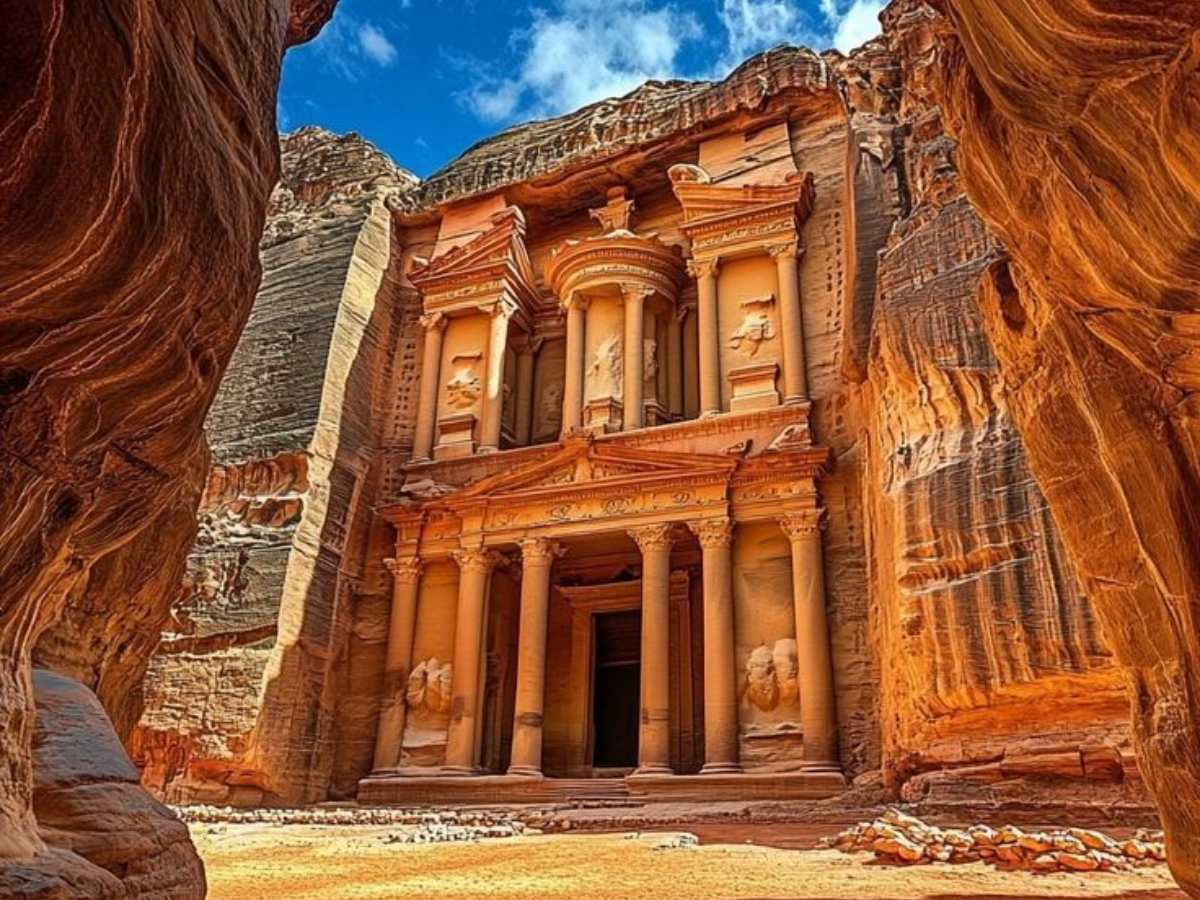7 Oldest UNESCO Heritage Sites Around The World That Still Whisper Ancient Stories
History doesn’t just sit in books. It stands in stone, carved into temples, etched in caves, and written across ruins that refuse to fade.
When you step into a heritage site, time bends. The present slows down, and the past comes alive—voices of forgotten kings, chants of monks, and footsteps of travelers who walked centuries before you.
Most people chase the Eiffel Tower or the Statue of Liberty. But what if we told you: the real treasures of travel lie in places where silence speaks louder than crowds?
These are the world’s oldest UNESCO heritage sites, some dating back thousands of years, where humanity’s earliest dreams, faiths, and civilizations are still intact.
Let’s wander into their timeless embrace.
1. The Rock-Hewn Churches of Lalibela, Ethiopia : The African Jerusalem
In the highlands of Ethiopia lies Lalibela, a town that feels less like earth and more like a miracle carved into it. Around the 12th century, eleven monolithic churches were chiseled directly into volcanic rock—downwards, not upwards.
Walking through the trenches that connect them feels like entering a secret city underground. The most famous, Bete Giyorgis (Church of St. George), shaped like a perfect Greek cross, is a symbol of faith and precision. Pilgrims in white robes still gather here, their chants echoing off stone walls that have stood for nearly a thousand years.
This isn’t just architecture. It’s devotion made permanent.
2. Mesa Verde National Park, USA : Homes in the Cliffs

Perched high in the cliffs of Colorado, Mesa Verde tells the story of the Ancestral Pueblo people, who lived here from 600 to 1300 AD. Instead of building on the ground, they tucked their homes into the canyon walls, creating entire villages suspended in stone.
The Cliff Palace, with its 150 rooms, feels like a forgotten city frozen in time. Imagine cooking fires, children’s laughter, and the sound of weaving echoing within these stone shelters. Today, the park is a reminder that survival isn’t just about strength—it’s about adapting beautifully to the land.
3. The Pyramids of Giza, Egypt :Timeless Guardians of the Desert
Nothing prepares you for the first sight of the pyramids rising against the desert sky. Over 4,500 years old, these monuments are the oldest of the Seven Wonders of the Ancient World—and the only ones still standing.
The Great Pyramid of Khufu once held the title of the tallest man-made structure on Earth for nearly 3,800 years. Every block of limestone, every precise angle, whispers the genius of ancient engineering. And as the sun sets, casting golden shadows across the sand, you realize why they were built: not just as tombs, but as eternal stairways to the heavens.
4. Mohenjo-daro, Pakistan : The City Ahead of Its Time

On the banks of the Indus River rests a city that challenges our very idea of progress. Mohenjo-daro, dating back to around 2500 BC, was part of the Indus Valley Civilization and had urban planning more advanced than many modern cities.
Grid-patterned streets, covered drains, public baths, and wells in nearly every house—this was a society that valued cleanliness, order, and community living. The Great Bath, a large water tank lined with baked bricks, is believed to have been used for ritual purification. Walking here, you don’t just see ruins; you see the skeleton of a city that dreamed of equality and structure.
5. The Acropolis of Athens, Greece : Where Civilization Took Shape
High above Athens stands the Acropolis, the rocky citadel that became the cradle of Western civilization. Built in the 5th century BC, it houses the Parthenon, a temple dedicated to Athena, the city’s patron goddess.
What makes it extraordinary is not just the marble columns or perfect proportions—it’s the ideas it represents. Democracy, philosophy, theater—all were nurtured in the shadow of this hill. As you walk through its ruins, you’re not just visiting stones; you’re standing where Socrates argued, where democracy found its roots, and where art and politics merged into timeless legacy.
6. Petra, Jordan : The Rose-Red City Half as Old as Time

Tucked between desert canyons and sandstone cliffs, Petra is not entered, it is unveiled. You walk through a narrow gorge, the Siq, and suddenly the Treasury (Al-Khazneh) rises before you, glowing pink in the sunlight.
Built by the Nabataeans more than 2,000 years ago, Petra was once a bustling trade hub, where caravans carrying spices, silk, and incense passed through. Its tombs and temples, carved straight into red sandstone, shimmer with an otherworldly glow. Even abandoned, Petra doesn’t feel empty—it feels eternal. Every shadowed corner, every wind-shaped stone, carries whispers of travelers who crossed deserts to find it.
7. Stonehenge, United Kingdom : The Circle of Mysteries
A ring of massive stones on a grassy plain in Wiltshire. Simple? Not at all. Stonehenge, dating back over 4,000 years, remains one of the world’s greatest mysteries.
How did people of the Neolithic era move stones weighing up to 25 tons? Why was it built—an astronomical observatory, a ceremonial site, or a burial ground? We still don’t fully know. But as dawn breaks on the summer solstice and sunlight aligns perfectly with the stones, you understand that this circle was more than just construction—it was communion with the cosmos.
Why Do These Sites Still Matter?
Because they remind us of what humanity is capable of—long before machines, long before modern tools. Each stone, pillar, or carving holds stories of survival, belief, and brilliance. They are not relics to be glanced at; they are living chapters of our shared past.
How to Experience Them Beyond Just Sightseeing
-
Walk slowly. These aren’t Instagram backdrops—they’re conversations with time.
-
Hire local guides. Their stories often reveal more than plaques ever will.
-
Respect the silence. Some sites are sacred. Treat them as you would a temple.
-
Notice the small details. A worn staircase, a faded carving, a stone aligned with the stars—sometimes, the magic is subtle.
Final Thought
Travel is not only about new experiences; it’s about old echoes. The oldest UNESCO heritage sites aren’t just tourist spots—they are living bridges between what we were and what we’ve become.
So the next time you plan a trip, don’t just look for modern wonders. Step into these ancient worlds. Because time doesn’t bury history—it preserves it, waiting for someone like you to listen.
News